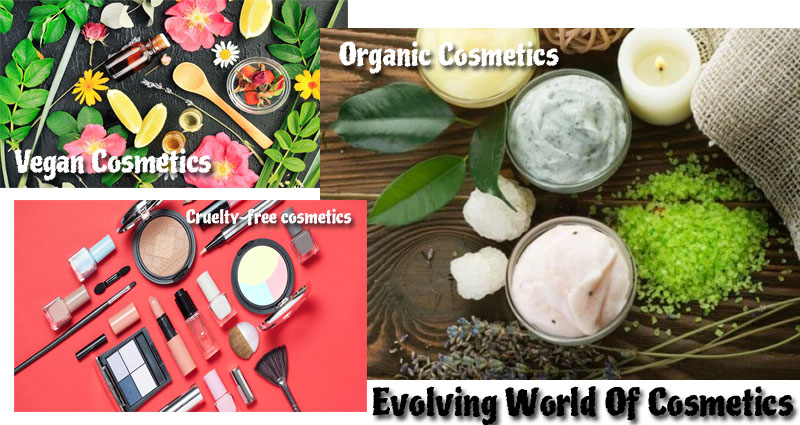In the last few decades, makeup has changed a lot, and the choices you make no longer must affect the world. In the market, there is a sea of natural goods that claim to be ‘organic’ and ‘cruelty-free’ on makeup shelves. Different companies have their unique products. Visit Besame cosmetics to know more about their company and what they have to offer in today’s makeup world. But before you take pride in being closer to Mother Earth(nature) because you are buying a particular makeup brand, it would be good to know if it is really that natural, right? Today the market for organic cosmetics is dramatically growing. If the labels ever leave you puzzled, we will put them to rest by decoding what they mean.
- Vegan Cosmetics
Vegan cosmetics may also include different artificial components used in traditional cosmetics. The main difference is that vegan cosmetics don’t contain animal-derived ingredients. This means the same thing a vegan diet does when a beauty product is called vegan. This label indicates that no animal or its by-products are in the food. This does not mean that it is free of chemicals of any kind or is not being tested on animals.
- Organic Cosmetics.
A step in the right direction is to search for products that use raw materials from sustainable organic farming. However, the percentage of the ingredients used that are obtained from regulated organic farming depends heavily on the organic certification body. On the one hand, organic cosmetics requires up to 95% of the raw materials obtained from plants.
- Cruelty-free cosmetics.
Have you ever seen a miniature rabbit on your makeup label? That means the Leaping Bunny software has it approved. This trademark means that none of the products used to produce the product have in any way been tested on animals. This label comments on the nature of products being tested, not the ingredients of the products themselves. Ethically conscious, yes, but it does not in any way mean that it is naturally made. “Cruelty-free” means products which have not been tested on animals in any part of the manufacturing process.
When people want “cosmetics cruelty-free,” they seek to ensure that the product is not tested on animals in any part of the manufacturing process, involving either the final product or the ingredients, and the group that ensures that it is the Cosmetics Information Coalition for Consumer.
Where to Find Cruelty-Free Beauty Products
Looking for safe beauty products but don’t know how to identify those products? These four apps will do all the label-reading for you, making it easy to become a conscious buyer of beauty as a dessert.
1. Cruelty-Free
This streamlined software was developed by the Leaping Bunny Program of the Coalition for Consumer Information on Cosmetics (CCIC) and “provides the strongest guarantee that no new animal testing will be used by the company, its laboratories or suppliers in any step of product development.” While the current application does not include a barcode scanner, alphabetized lists make it easy to find the brands and goods that a barcode scanner is used.
2. Cruelty-cutter
This “Activism 101” app was developed by the Beagle Freedom Project to help you recognize products that do and don’t research animals. Their database contains Leaping Bunny and PETA certified brands, as well as cruelty-free brands that have not officially enrolled themselves in any of those two systems. The app has a barcode scanner that provides you with a simple YES or NO cruel-free status, and it also offers the option to “Bite Back” on social media by exposing animal-testing firms.
3. Bunny Gratis
The app uses human data for the Humane Treatment of Animals (PETA) list of products free of cruelties. With the choice of using a barcode scanner or a search bar, this app will easily let you know if PETA has approved a brand as being cruel.
4. Skin deep
The Skin-Deep Cosmetics Database app, developed by the Environmental Working Group (EWG), is a one-stop-shop for finding out if a beauty product and its ingredients are safe to use. You can search the database using a barcode scan or a search bar, and give you a product-specific hazard ranking.









